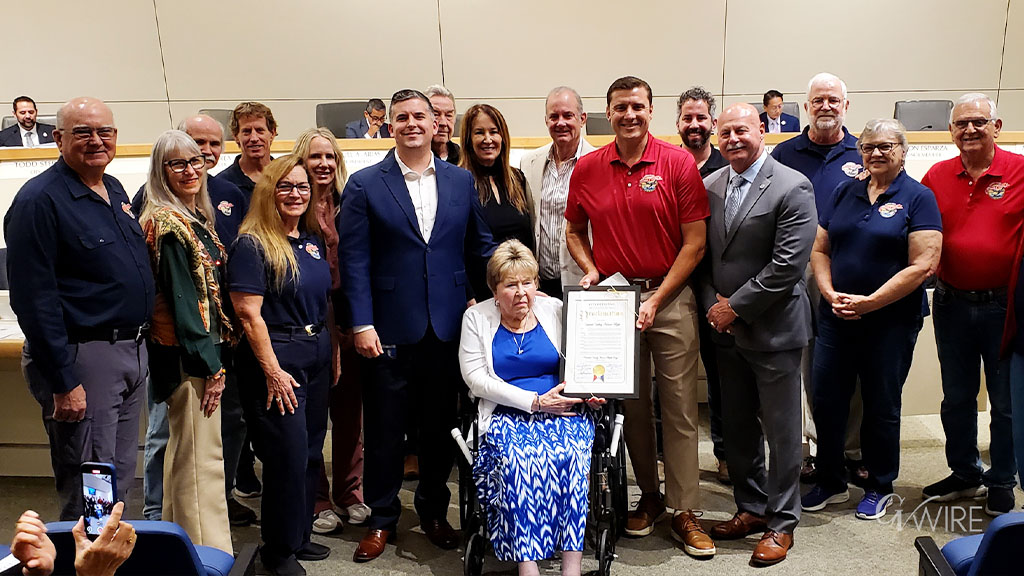Share
|
Getting your Trinity Audio player ready...
|
WASHINGTON — The nation’s employers added 336,000 jobs in September, an unexpectedly robust gain and the largest monthly rise since January, evidence that many companies remain confident enough to keep hiring despite high interest rates and a hazy outlook for the economy.
Last month’s job growth jumped from a 227,000 increase in August, which was revised sharply higher. July’s gain was also more than had been initially estimated. The economy has now added an average of 266,000 jobs a month for the past three months, a streak that could make it likelier that the Federal Reserve will raise its key rate again before year’s end as it continues its drive to tame inflation.
Unemployment Rate and Job Market
Friday’s report from the Labor Department also showed that the unemployment rate was unchanged at 3.8%, not far above a half-century low.
The job market has defied an array of threats this year, notably high inflation and the rapid series of Fed interest rate hikes that were intended to conquer it. Though the Fed’s hikes have made loans much costlier, steady job growth has helped fuel consumer spending and kept the economy growing, defying long-standing predictions of a forthcoming recession.
Federal Reserve’s Decisions
The jobs data sets up some difficult decisions for Chair Jerome Powell and other Fed policymakers. Solid hiring could lead them to raise their key rate in November or December, because strong job gains suggest an economy growing too fast for inflation to cool. By raising borrowing costs, the Fed intends to slow spending by businesses and consumers.
Yet some data in Friday’s jobs report raised the possibility that inflation could still ease even as hiring stays healthy. Notably, wage growth slowed in September, with average hourly pay rising 4.2% from a year earlier. That is still solid and slightly above inflation, but it was the slowest such figure in more than two years.
The Fed has been concerned that if pay rises too fast, companies will boost prices to cover higher labor costs, thereby fueling inflation. September’s slower pace of wage growth might help allay that concern.
In addition, long-term interest rates have spiked in the past two months, making loans more expensive across the economy and potentially serving as a brake on economic growth and inflation. Mortgage rates have jumped to 7.5%, the highest level in 23 years.
Industry Job Growth
Most large industries added jobs last month, from health care, which gained 66,000, to manufacturing, which added 17,000, to retailers, which added nearly 20,000. Professional services, a category that includes engineers and architects, gained 21,000. Government at all levels added 73,000 jobs, reflecting the healthy budgets of most state and local governments.
A key reason why wage growth has slowed has been an influx of new workers into the job market, partly a result of higher immigration. The proportion of people who either have a job or are looking for one has risen or stayed unchanged for 11 straight months, House said. With more workers available, employers are under less pressure to raise pay.
Future Predictions
The Fed’s inflation fighters have been scrutinizing every scrap of data to determine whether to raise their key rate once more this year. On Thursday, Mary Daly, president of the Federal Reserve Bank of San Francisco, said that the Fed could stop raising rates if the job market kept slowing and inflation kept easing.
Last week, a price gauge closely tracked by the Fed showed that measures of underlying inflation slowed in the latest sign that overall price pressures were still moderating.
Job growth has remained resilient for most of the past 2 1/2 years even after high inflation flared and the Fed jacked up interest rates at the fastest pace in four decades. The Fed’s benchmark rate stands at a 22-year high of roughly 5.4% after 11 hikes beginning in March 2022.
After a period in the spring when traders seemed to expect the Fed to reverse course and cut interest rates soon, the financial markets now recognize that the central bank will keep its key rate elevated well into 2024. That’s one reason why the yield on the 10-year Treasury note has surged since July, topping 4.8% Friday after the report was released, a 16-year high.
The 10-year yield is a benchmark rate for other borrowing costs, including mortgages, auto loans, and business borrowing. The higher yield has, in turn, punished stocks: The S&P 500 stock index has tumbled 7.2% since late July.
RELATED TOPICS:
Categories

Fresno Launching Neighborhood Repaving Project Monday


















